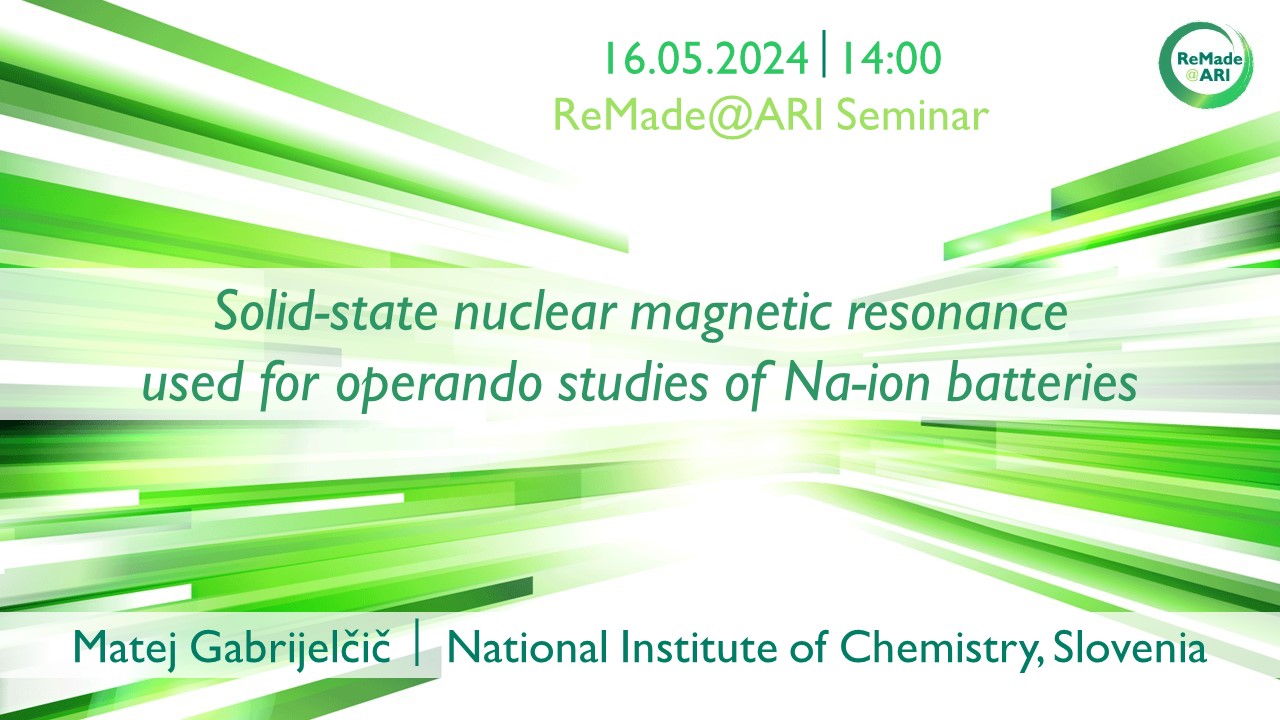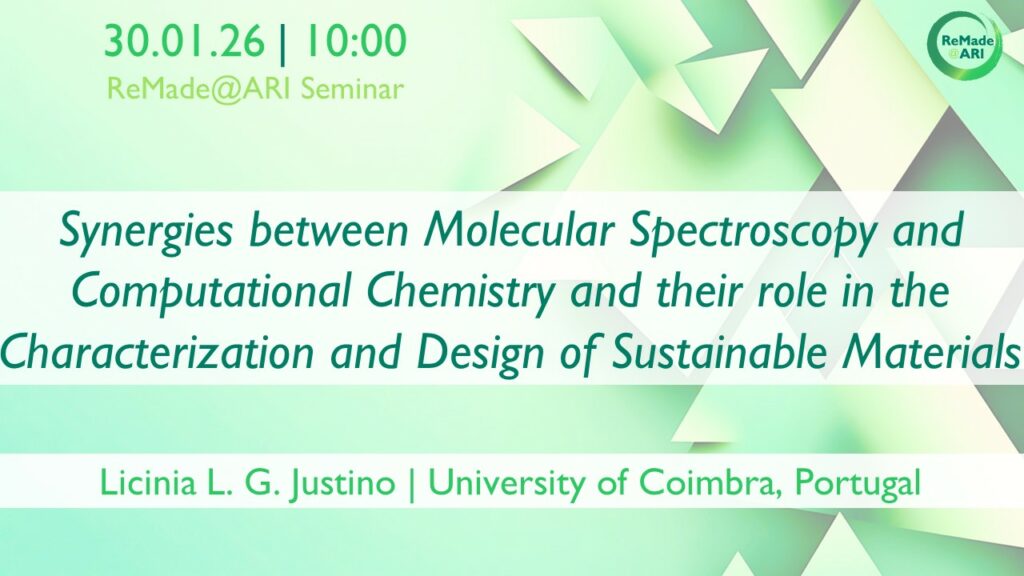
- This event has passed.
Solid-state nuclear magnetic resonance used for operando studies of Na-ion batteries

Zoom webinar | Replay on YouTube (upcoming)
Matej Gabrijelčič, National Institute of Chemistry, Slovenia
Current research efforts in the field of energy storage are focused on finding alternatives to lithium-ion batteries (LIBs). Among these are sodium-ion batteries (SIBs) due to the high availability of sodium, its low cost, and suitable redox potential. Hard carbons, which are suitable for anodes in SIBs, exhibits good electrochemical performance and cyclic stability. However, the exact mechanism of their operation remains unknown. In this study, the physical and electrochemical properties of corncob derived hard carbon prepared at 1400 °C were established via solid-state ex-situ and operando NMR spectroscopy.
NMR spectroscopy is an extremely powerful technique, as it allows the study of local structure in the vicinity of many pre-selected types of atoms, however it has rarely been used as an operando technique. The main reason is that it is quite difficult to manipulate samples in a very limited space and in a very strong magnetic field.
Ex-situ approach provides information on the resulting morphologies, crystal structures, and electrochemical reaction products. However, this method can be invasive and may significantly affect the battery’s state. In addition, ex-situ methods may not capture various metastable, intermediate, and/or short-lived phases that occur during electrochemical reactions. Therefore, recent research is focusing on operando measurements. This technique uses non-invasive methods to observe the battery during operation, providing real-time information on dynamic structural changes and processes. We successfully designed NMR operando experiments and conducted measurements at the NMR center spectrometer at the National Institute of Chemistry. The study was supplemented by ex-situ NMR measurements. The above approaches complement each other and provide the necessary data to clarify the degradation mechanisms.

